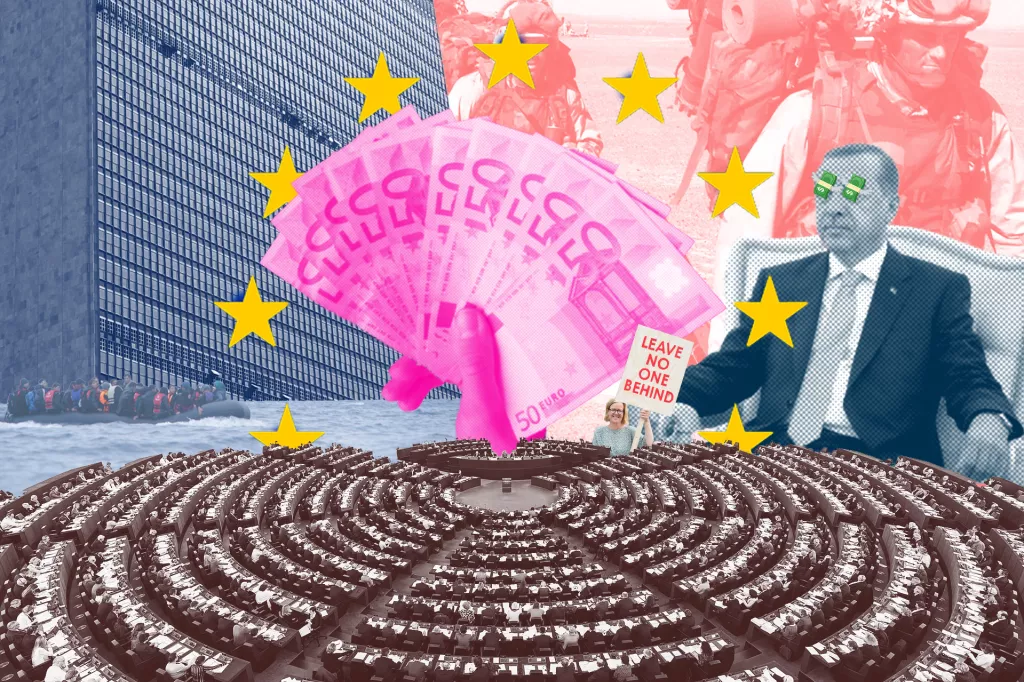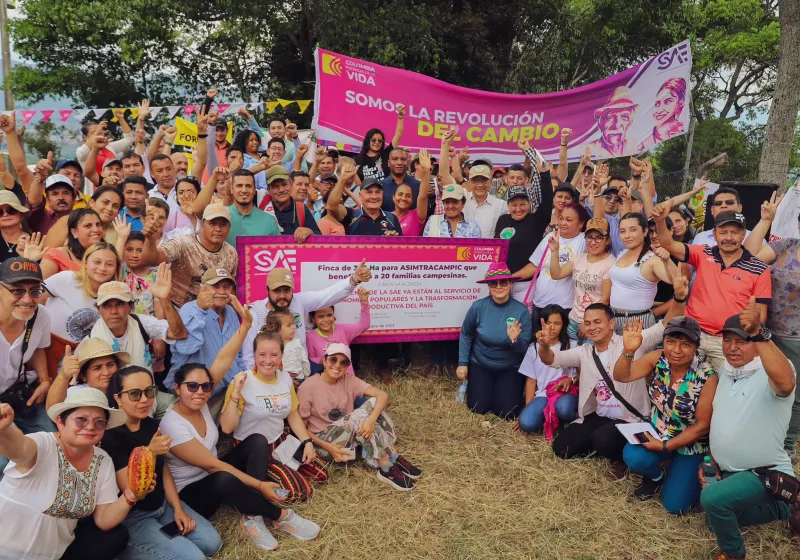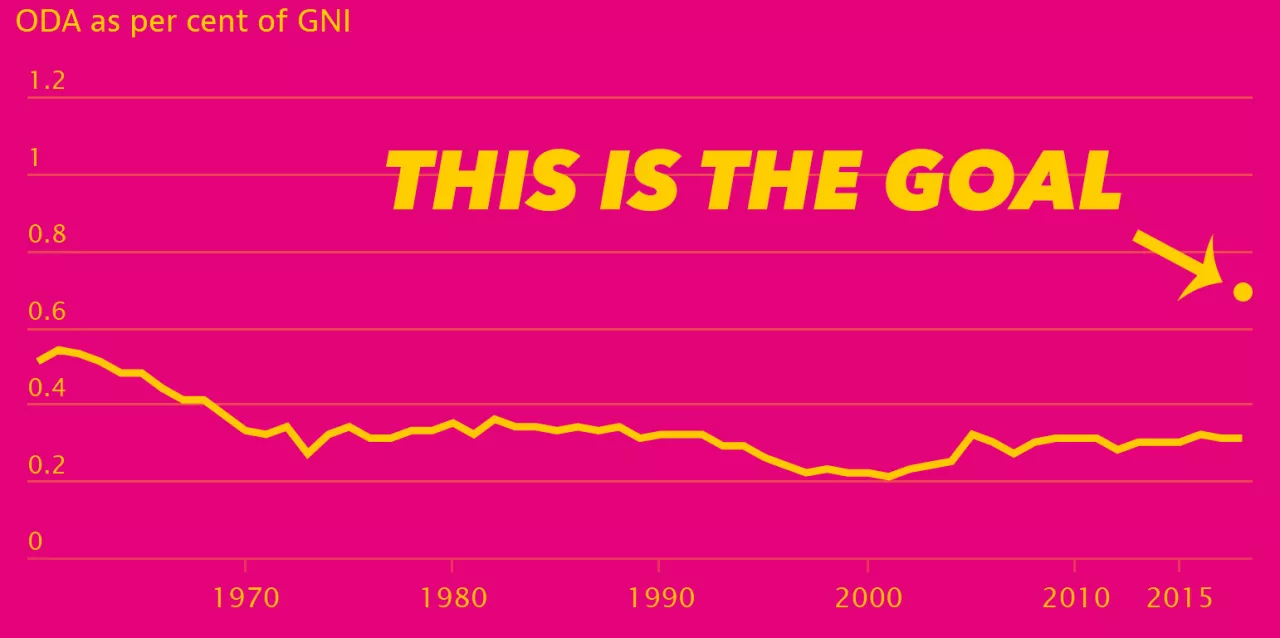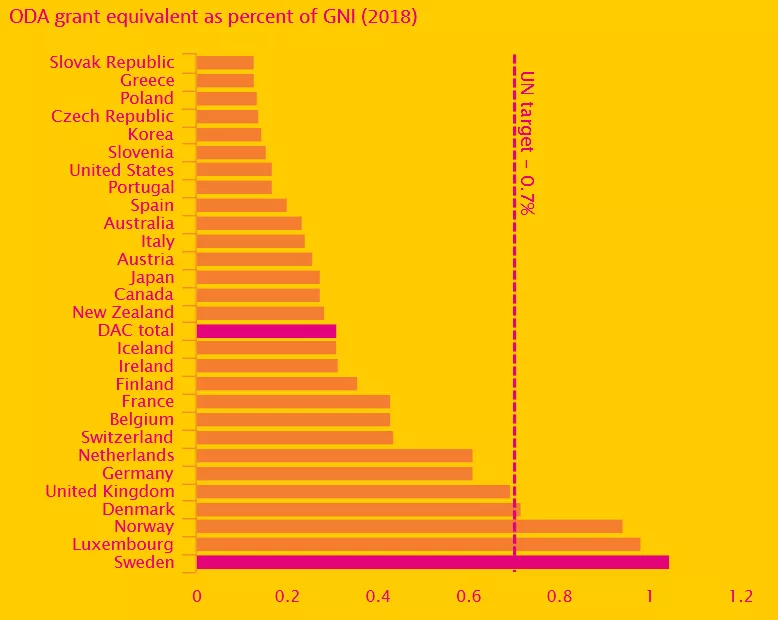Development aid to poor countries drops in 2018

Official development assistance (ODA) from DAC donors fell 2.7 percent in 2018 compared to 2017, shows preliminary data from the OECD. One of the reasons is a decrease in deductions from aid budgets to cover in-donor refugee costs.
In other words, several countries spent less aid on hosting refugees in their own countries, this because fewer refugees reached Europe.
ODA to countries with the greatest needs also dropped. Bilateral ODA to the least-developed countries increased slightly in 2017, after years of a falling trend, but in 2018 it fell again with 2.7 percent.
- This takes us another step from the promise that no one should be left behind in the implementation of the 2030 Agenda and from the goal to give 0.15-0.2 percent of GNI in aid to the least-developed countries. If we are serious about the commitment to leave no one behind, donors can't go back to the trend of down-sizing the aid to the countries and people who need it the most, says Anna Blücher, Policy Advisor at Forum Syd.
Far from reaching the goal on 0.7 percent
The total aid from DAC donor countries amounted to 0.31 percent of their combined gross national income (GNI). This is far from the target of 0.7 percent of GNI. Together with Denmark, Luxembourg, Norway and the UK, Sweden belongs to the five DAC members who reach the goal. Sweden provided 1.04 percent of GNI in development assistance in 2018 and is the country that provided most development aid per capita.
Financing for Development Forum
This week, the UN Financing for Development Forum is taking place in New York. Decision-makers gather to follow up the commitments in Addis Abeba Action Agenda and discuss how to finance sustainable development and the Global Goals through, among other things, tax revenues, aid and the private sector's investments.
- Aid plays a unique role when it comes to reaching people who are furthest behind, but it is also a limited resource. Donors therefore have a responsibility to ensure that development aid reaches the people and places that need it the most, says Anna Blücher.
Development aid is just one of several important resources to fund the implementation of the 2030 Agenda, but it is the only funding that has poverty reduction as its primary purpose. For the least-developed countries, aid is particularly important since they receive lower levels of other types of international financing compared with other developing countries.
Other recent articles

Statement by The Eastern Partnership Network on Georgian “Transparency of Foreign Influence" law
The Eastern Partnership Network strongly condemns the re-introduction of the contentious “Transparency of Foreign Influence” law by the Georgian Dream Party. We call on the Georgian government to...

Aremos Paz: ploughing furrows of peace in Colombia
After five years the Aremos Paz project have come to an end. Read more about how the project have supported rural communities and the reincorporated population in rural areas affected by the conflict...

12 times civil society changed the world in 2023
Strengthening press freedom, dismantling structural discrimination, eradicating harmful practices, maintaining a helpline despite state crackdown, preserving natural resources, these are just some of...

